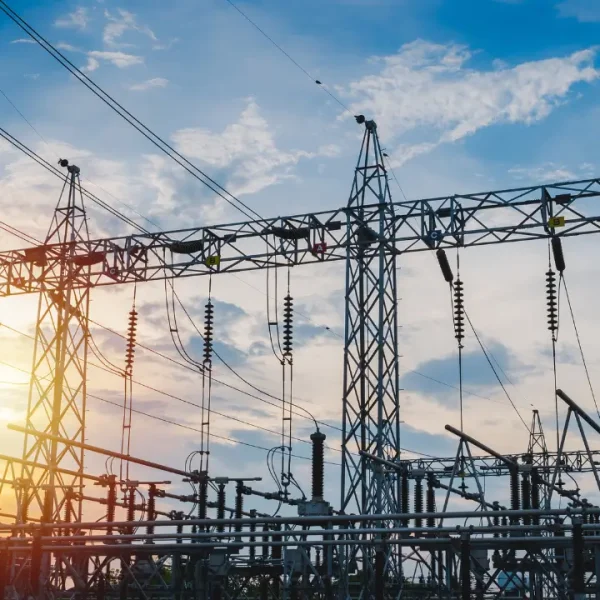MARA previously announced a partnership with NGON to deploy modular micro data centers at oilfields across Texas and North Dakota. Today, the full 25 MW of stranded gas capacity is now fully energized, marking an important milestone to turn under-utilized energy into productive power.
These micro data centers are powered by associated natural gas that oil and gas producers would otherwise flare when it becomes stranded due to a lack of takeaway capacity. Flaring is the controlled burning of natural gas, a methane-rich byproduct associated with liquid oil deposits.
When capturing or using methane is not possible, flaring helps prevent its direct release into the atmosphere. Because methane has a strong short-term warming effect, it is 80 times more potent than CO₂ over a 20-year period. By burning methane into CO₂, flaring reduces its immediate climate impact, making it a less harmful alternative to venting.
This model provides dual benefits. For MARA, it delivers low-cost, self-owned power that reduces operating expenses and dependence on third-party energy providers. For MARA’s energy partners, it helps reduce emissions, meet regulatory compliance requirements in flare-restrictive environments, and monetize a resource that would otherwise go to waste.
Delivering Low-Cost Energy for MARA’s Portfolio
MARA’s stranded gas network brings 25 MW of new capacity online across Texas and North Dakota. These operations currently deliver the lowest energy cost per bitcoin mined across MARA’s global fleet, which has approximately 1.7 gigawatts of capacity. As the industry moves toward the next Bitcoin halving, low-cost, self-owned energy becomes even more essential for sustaining long-term competitiveness and growth.
MARA now operates 139 MW of self-owned power assets. This number includes the 25 MW of gas-to-power and 114 MW from a wind farm acquired in Texas earlier this year.
Natural gas now represents approximately 18% of MARA’s total owned generation portfolio. This diversified energy approach, which spans both grid and off-grid assets, enhances the company’s ability to optimize energy costs, reduce exposure to market volatility, and increase reliability. It also provides MARA with additional optionality to explore on-site power services and energy sales in the future.
Flare Gas Conversion Cuts Methane Emissions & Creates Economic Value
At full capacity, MARA’s current gas-to-power network consumes approximately 5,000 cubic feet (MCF) of associated gas per day, or 150,000 MCF per month. By routing this gas through power generation infrastructure rather than open flares, MARA says that it increases combustion efficiency to approximately 99%, compared to at best 92% for the average flare.
This improvement directly leads to lower methane emissions, supporting the sustainability objectives of our energy partners. By the end of February 2025, the gas-to-power network had already reduced a net total of 29,300 metric tons of CO₂ equivalent to taking 6,800 gasoline-powered vehicles off the road for a full year, according to EPA equivalency data.
Beyond environmental benefits, this deployment unlocks tangible economic value. It allows MARA to produce bitcoin at a lower cost while helping operators benefit from future carbon credit markets tied to flare mitigation and grid independence.
Recent legislation like the FLARE Act, introduced in early 2025, reinforces the urgency and importance of on-site energy development. The proposed bill would reduce regulatory hurdles for gas-to-power solutions, encourage domestic energy innovation, and support infrastructure that reduces flaring, all aligned with MARA’s strategic vision and operational model.
While reaffirming its commitment to becoming a leading vertically integrated energy and digital infrastructure provider, MARA believes:
“Bitcoin mining is the most scalable and adaptable digital energy technology today, optimizing how energy is produced, delivered, and consumed.“











